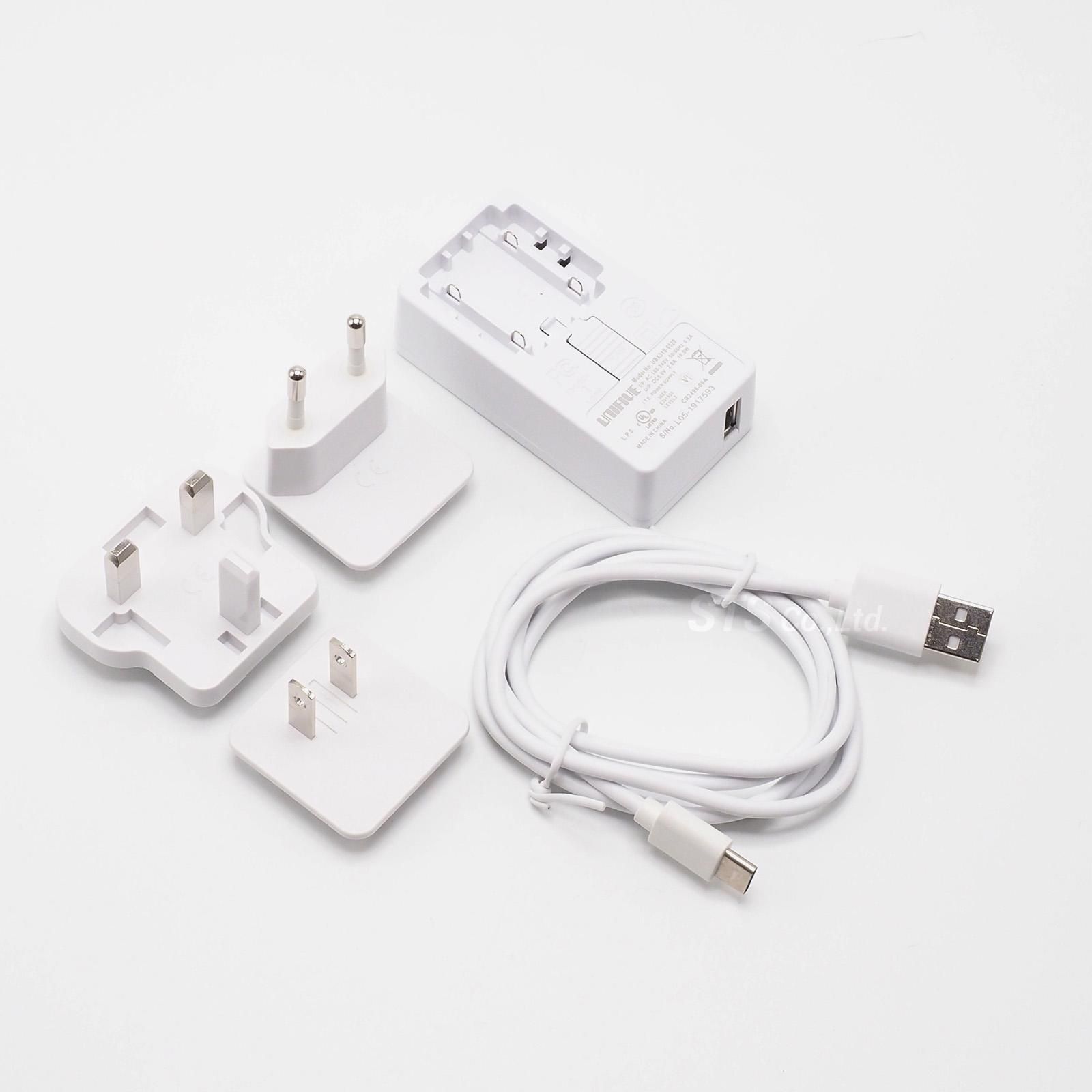

“We were having 2,000 people a day coming before lockdown,” she tells THE FACE, “which was wild for a small three-room exhibition.” Eighteen months in the making and swinging its doors open in January 2020, it was a big hit despite coronavirus forcing the show to close early, though it did later reopen its doors in July for a few months. “The zeitgeist has totally caught up with what I think artists and designers were looking at anyway,” says Francesca Gavin, curator of the Somerset House exhibition, Mushrooms: The Art, Design and Future of Fungi. The trend has even made its mark on home decor, like Supreme’s recent FLOS Bellhop Lamp drop, with Google searches for “mushroom lamp” up 110 per cent last year, too.īut, over the years, how did a nearly 100 million-year-old organism become so timely, worming its way into 2021?

Coveteur, Stylist, Bustle and Dazed have all named fungi as skincare’s hottest new ingredient in the last couple of years. The appeal of the mycelium hasn’t gone unnoticed in the beauty industry, either. Stüssy nearly sold out most of its spore-ish SS20 collection in a matter of days, while LA artist Alake Shilling has been painting giant gelatinous frogs and neon mushrooms for Marc Jacob’s Heaven, and Gucci’s 2020 collection even includes fungi bum bags for kids. Shroom-inspired pieces have sprung up across fashion houses everywhere, like JW Anderson’s toadstool-printed T‑shirt and Fiorucci’s mushroom phone case, shirt dress and fungi-inspired hoodie. Over the past few months, Hadid’s wardrobe has become a shrine to the woodland wights, appearing on bags, trousers, jewellery and even sprouting from the cuticle of her French manicure.īut it’s not just a case of model behaviour. Let’s take the humble mushroom, the wonky red and white studded toadstool cropping up in fairytale books the world over. How do you make a trend these days? Stick it on Bella Hadid.


 0 kommentar(er)
0 kommentar(er)
